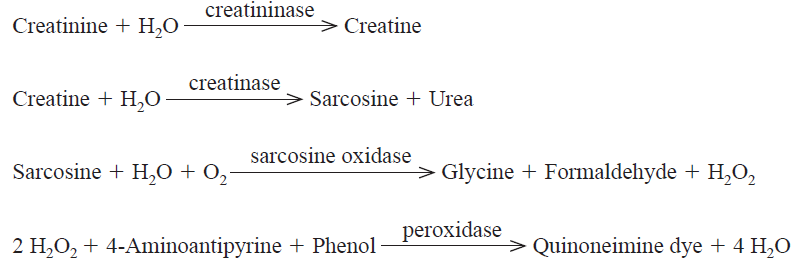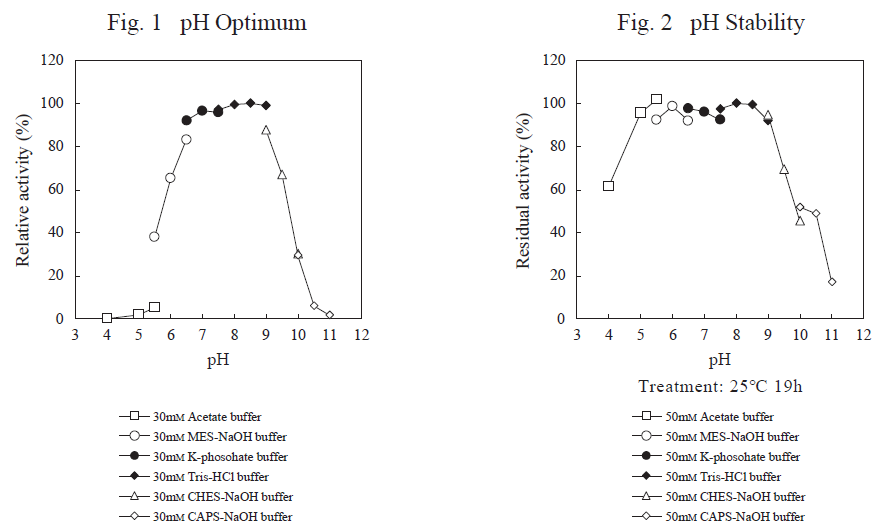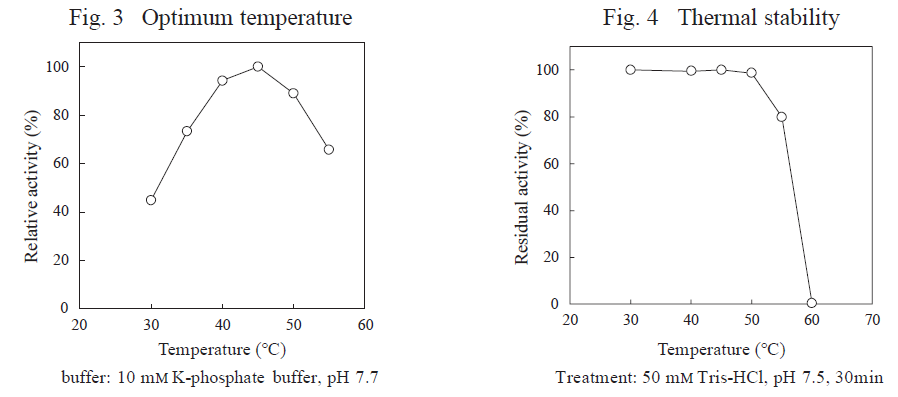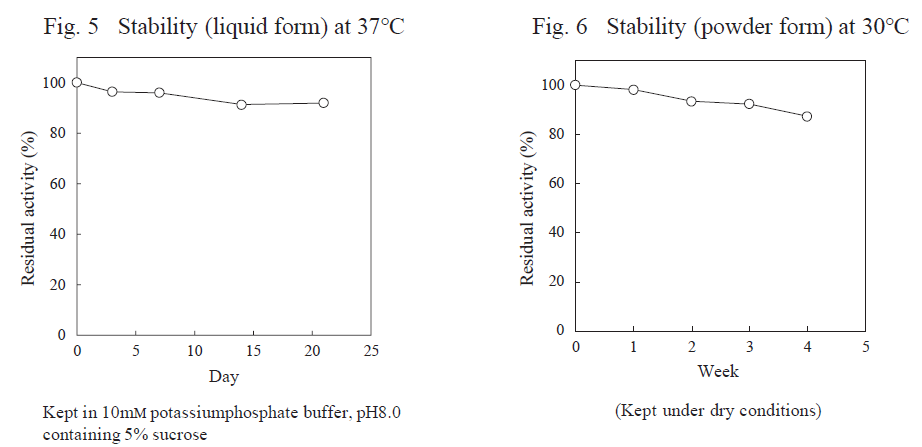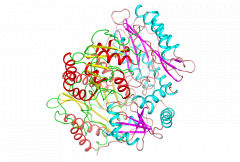
CD : 60144
The enzyme is useful for the determination of creatinine and creatine in clinical analysis.
| Origin | recombinant E. coli |
|---|---|
| Systematic name | Creatine amidinohydrolase |
| EC Number | 3.5.3.3 |
| Reaction formula | Creatine + H2O →→→ Sarcosine + Urea |

